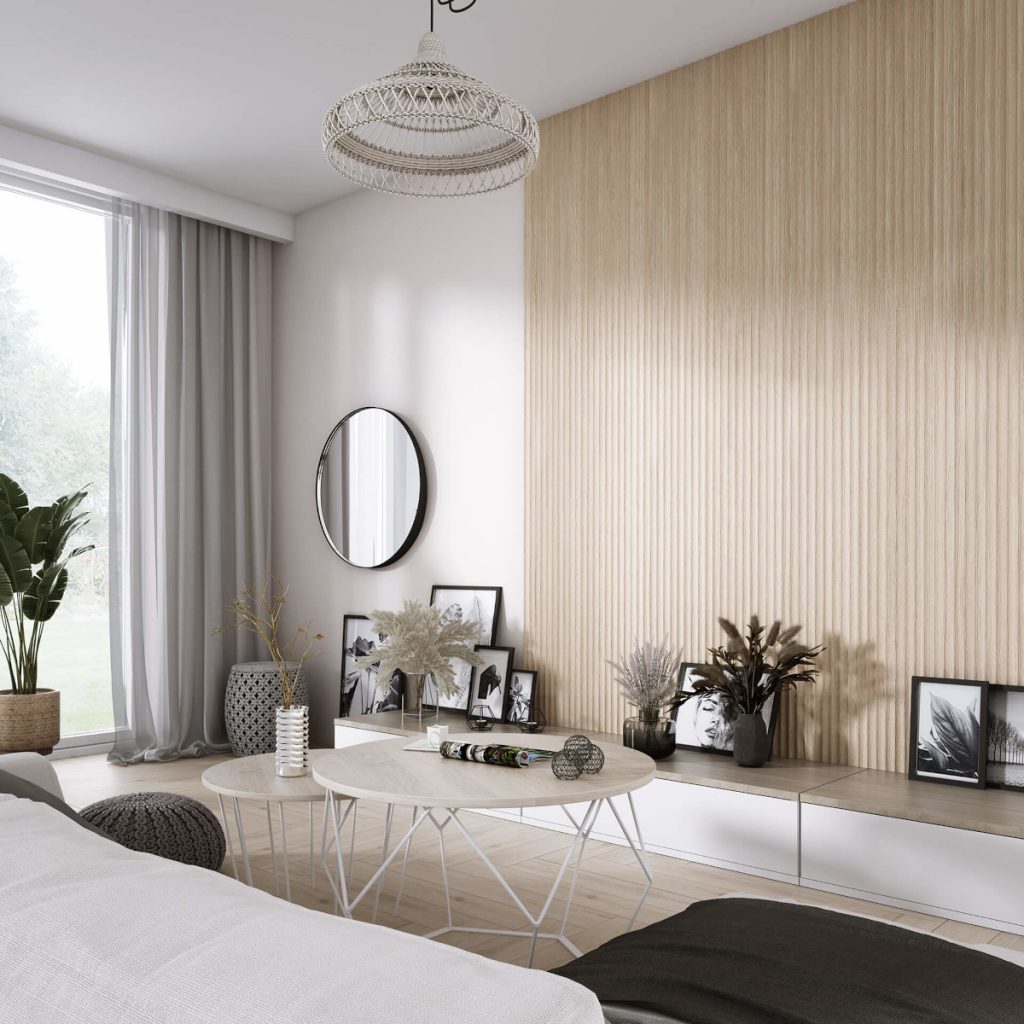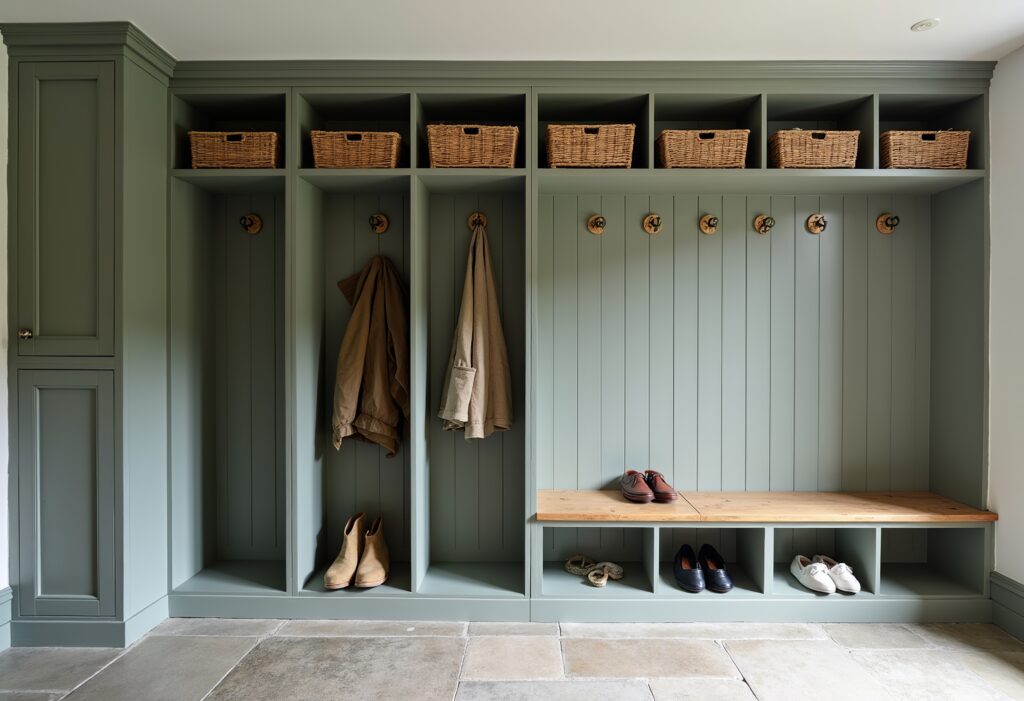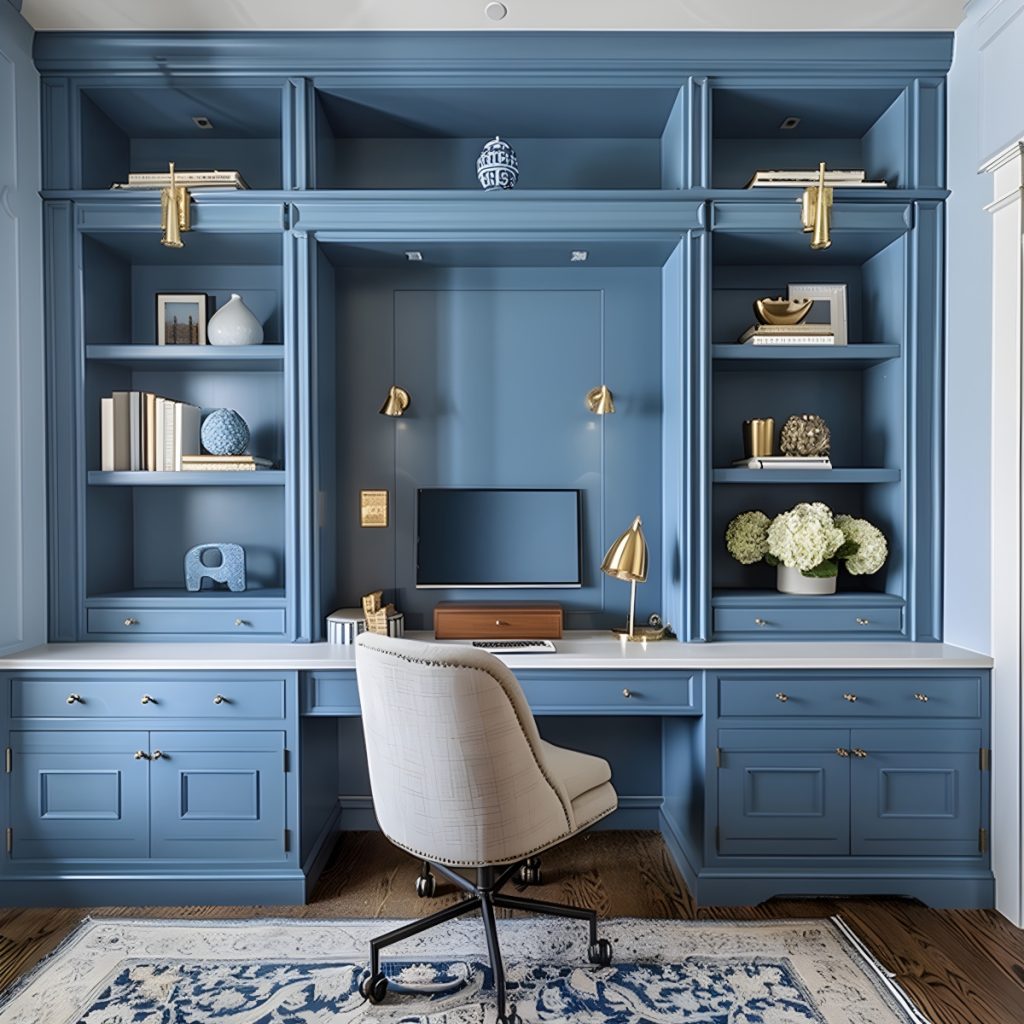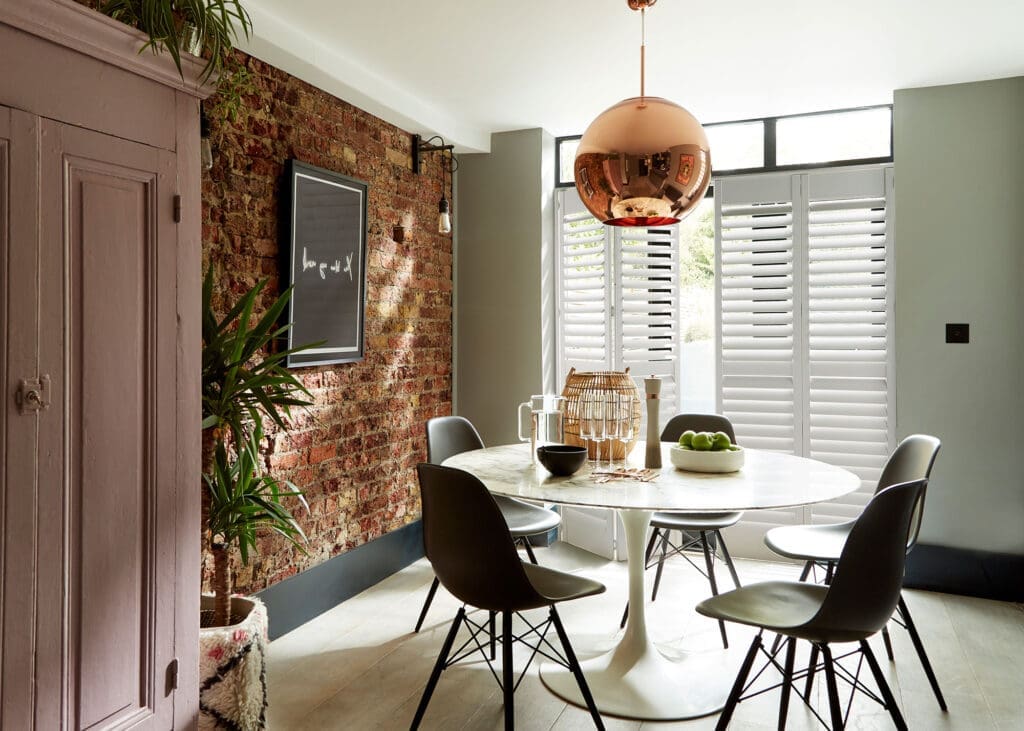Japandi Interior Design: A Fusion of Japanese and Scandinavian Styles
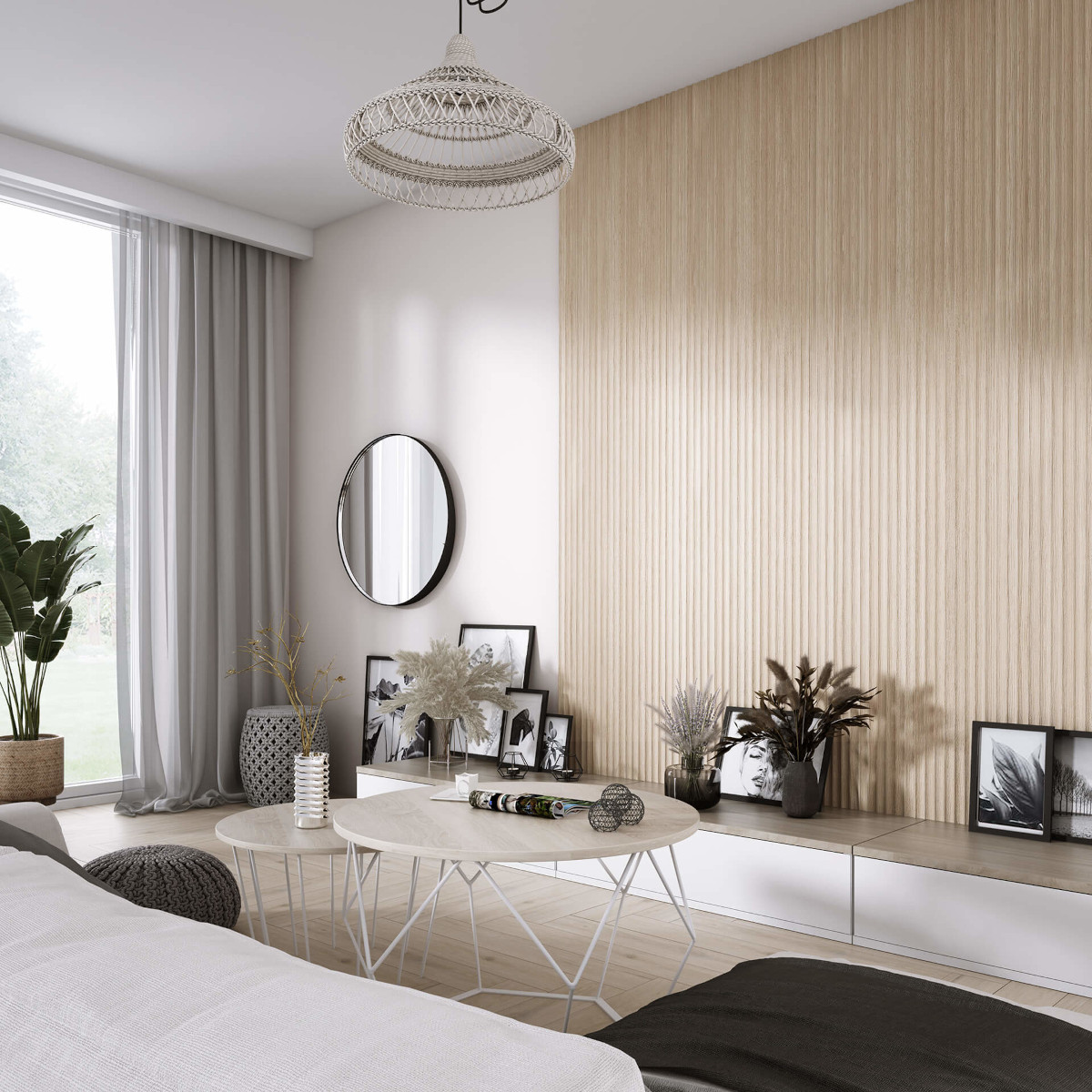
Estimated reading time 6 minutes
Japandi interior design is the perfect fusion of Japanese minimalism and Scandinavian warmth, bringing a combination of simplicity, functionality, and natural beauty. This style focuses on clean lines, neutral colours, and carefully chosen materials to create spaces that feel calm, balanced, and welcoming.
In this blog, we explore the principles of Japandi interior design, how to bring the look into your home, and practical tips for achieving a serene and stylish interior.
What is Japandi style?
Japandi style is a design movement that combines the simplicity and elegance of Japanese interiors with the warmth and functionality of Scandinavian design. It has a focus on clean lines, uncluttered spaces, and a deep respect for natural materials, which are all drawn from Japanese minimalism. Every item has purpose and is carefully chosen to create a sense of calm and balance.
The Scandinavian design elements contribute a cosy, inviting atmosphere, with soft textures, light wood tones, and practical layouts that prioritise comfort and usability. Both of these influences come together to create a harmonious aesthetic that is both serene and welcoming, and emphasises quality craftsmanship and timeless design.
What are the core features of Japandi interior design?
Japandi interiors are defined by a few important features that create a calm, balanced, and functional space. Here are the most common characteristics:
- Minimalism with purpose: Every piece has a reason to be in the room – any unnecessary clutter is removed, leaving clean, open spaces.
- Natural materials and textures: Wood, bamboo, rattan, linen, and stone are commonly used to add warmth and tactile interest.
- Neutral colour palettes: Soft tones such as beige, taupe, grey, and muted pastels dominate, resulting in a serene backdrop.
- Clean lines and simple forms: Furniture and décor are designed with understated shapes, avoiding excessive detailing or ornamentation.
- Functional design: Spaces are practical, with storage and furniture designed to serve multiple purposes without sacrificing style.
- Harmonious balance: Light, space and materials are carefully combined to ensure visual and emotional harmony.
- Handcrafted details: Artisanal touches and bespoke items add individuality and a sense of craftsmanship.
- Connection to nature: Plants, natural light, and views of the outdoors are integrated wherever possible.
- Warmth and comfort: Despite the minimalist approach, cosy elements such as soft textiles and gentle lighting make spaces inviting.
How to bring Japandi interior design into your home
Creating a Japandi-inspired home is about finding the balance between simplicity and warmth. The following tips highlight some of the ways you can bring this harmonious style into your interiors.
Start with decluttering
Japandi design thrives on simplicity, so you can begin by removing items that are unnecessary or purely decorative. You should aim to keep surfaces clear and spaces open – this will allow the calm, balanced aesthetic to shine. Try to focus on keeping only what is functional or meaningful. This will help to create a home that feels orderly, serene, and intentional.
Embrace natural materials
Materials such as wood, bamboo, rattan, linen, and stone are central to Japandi interiors. They add warmth and texture, as well as a tactile quality that can soften minimalism. You can use natural materials in furniture, flooring, and decorative elements to also help keep a connection with nature, which is a key principle of both Japanese and Scandinavian design.
Stick to a neutral colour palette
Soft, muted tones form the foundation of Japandi style. Shades of beige, taupe, grey, and off-white dominate, and provide a calm backdrop for furniture and accessories. If preferred, you can incorporate some accent colours, but these should be used sparingly. The focus should remain on creating a cohesive, soothing environment that feels light and airy.
Invest in quality, functional furniture
Japandi interiors value craftsmanship and practicality. Aim to choose furniture that is well-made, simple in form, and low-profile. Bespoke or handcrafted pieces work particularly well, as they tend to combine functionality with elegance, and will ensure every item contributes to the overall harmony of the space.
Layer textures and introduce greenery
To prevent minimalism from feeling cold, you can layer different textures through rugs, cushions, throws, and upholstery. Pairing soft textiles with harder surfaces such as wood and stone will add depth and comfort. You can incorporate plants and maximise natural light to further enhance the sense of calm, and bring life and vitality to your interior all while reinforcing the connection with nature.
Common mistakes of Japandi interior design to avoid
While Japandi interiors are built on simplicity and balance, it can be easy to stray from the style. Avoiding these common mistakes will help you maintain a serene, cohesive space that reflects the principles of both Japanese and Scandinavian design.
Overcrowding the space
One of the main appeals of Japandi is open, uncluttered interiors. If you fill rooms with too much furniture or decorative items, you could risk making the space feel cramped, which can disrupt the calm ambience. Instead, focus on essential pieces and meaningful accents to keep the environment peaceful and functional.
If you prefer your home to be filled and busy, you may prefer maximalist interior design, which is all about embracing boldness and personality with vibrant colours and unique décor.
Ignoring natural materials
Using synthetic or overly ornate materials can conflict with Japandi’s natural, tactile aesthetic. Instead, aim to prioritise simple materials such as wood, stone, linen, and other natural textures to maintain authenticity and warmth in your design.
Using bold, overpowering colours
Japandi relies on muted, neutral palettes. Bright or clashing colours can dominate a space and undermine the tranquil atmosphere. Instead, aim to stick with soft tones and subtle accents to preserve balance and harmony.
Choosing purely decorative furniture
Furniture in Japandi interiors should be functional and purposeful. Pieces that are overly decorative or lack practicality can disrupt the style’s emphasis on meaningful design. You should instead opt for low-profile, well-crafted furniture that combines utility with elegance.
Create a serene, functional space with Kingswood at Home
Bring the calm elegance of Japandi into your own home with bespoke interiors and tailored home storage designs from Kingswood. Every piece is handcrafted in the UK using the finest materials, tailored to your space and style.
From low-profile joinery to thoughtfully designed storage creations, we’ll help you achieve a home that is both functional and beautifully balanced, with quality and craftsmanship you can trust. Contact us today for more information or book a design consultation.
We offer a complimentary design visit in your home.
If you would like to get in touch with us about a project, please email us or call us on 0800 470 1112.
